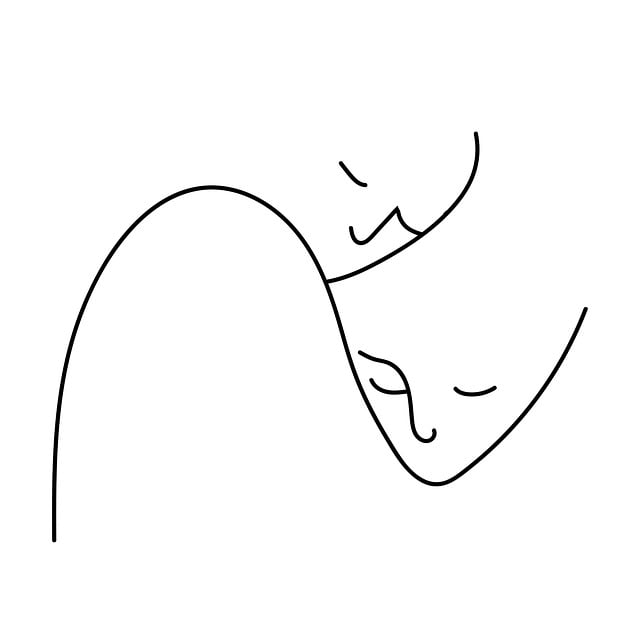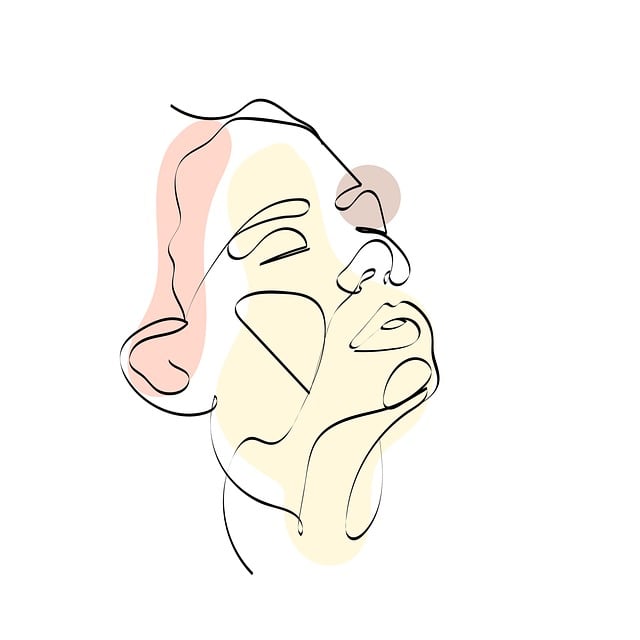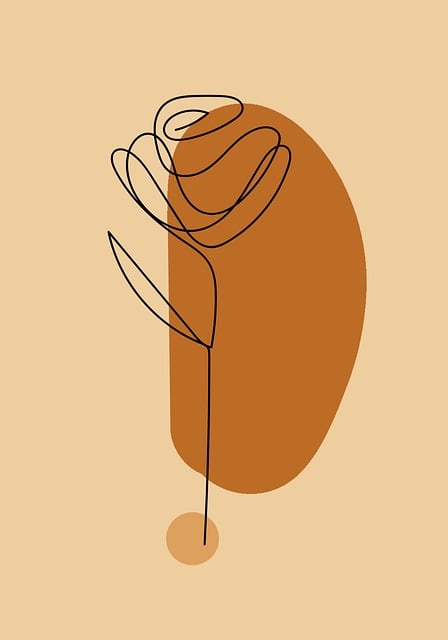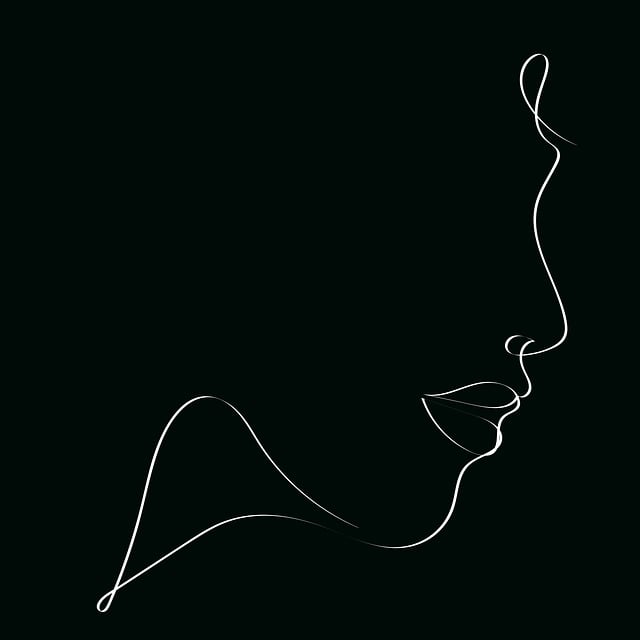Botox, or botulinum toxin, is a non-surgical treatment renowned for reducing cosmetic concerns, particularly fine lines and wrinkles. When targeted at forehead lines and frown lines, Botox blocks nerve signals causing muscle contractions, preventing wrinkle formation. It offers subtle yet noticeable results, ideal for minimizing creases and persistent frown lines between the brows. As a temporary treatment, repeat injections periodically maintain desired aesthetics. With quick recovery times and minimal invasiveness, Botox provides a sought-after option for achieving a youthful complexion. Safety should be prioritized, with professional administrators minimizing risks of temporary side effects like redness or swelling. Results vary, lasting 3-6 months, requiring maintenance sessions to ensure consistent wrinkle reduction.
“Uncover the secrets to achieving smooth, youthful skin with Botox – a popular non-invasive procedure transforming facial aesthetics. This comprehensive guide explores everything from the science behind Botox for treating forehead lines and frown lines to addressing common concerns and realistic expectations before and after treatment. Learn about safety, side effects, recovery times, and long-term benefits, empowering you to make informed decisions regarding this game-changing solution for a more relaxed and confident you.”
Understanding Botox: A Comprehensive Overview

Botox, short for botulinum toxin, is a highly effective non-surgical treatment that has transformed the way we address cosmetic concerns, particularly focusing on reducing the appearance of fine lines and wrinkles. When it comes to tackling forehead lines and frown lines, Botox stands out as a game-changer. This neurotoxin works by blocking specific nerve signals responsible for causing muscle contractions, which over time lead to the formation of wrinkles. By injecting small amounts of Botox into targeted areas, practitioners can smoothen out these lines, offering a more youthful and relaxed appearance.
The beauty of Botox lies in its ability to provide subtle yet noticeable results. For individuals seeking to minimize the depth and visibility of forehead creases or the persistent frown lines between their brows, Botox offers a safe and effective solution. Moreover, as it is a temporary treatment, patients can choose to repeat the procedure at regular intervals to maintain the desired aesthetic, making it a flexible option for those wanting to take control of their skin’s aging process.
The Science Behind Botox for Forehead and Frown Lines

Botox has revolutionized the way we address wrinkles, particularly on the forehead and between the eyebrows (frown lines). This popular non-surgical procedure involves injecting a small amount of botulinum toxin into specific muscle groups. The science behind its effectiveness lies in its ability to temporarily paralyze or relax the muscles responsible for creasing the skin. By blocking these signals, Botox prevents the contraction of the muscles, thereby reducing the appearance of lines and wrinkles.
When targeted at forehead lines and frown lines, Botox glides into the skin and quickly takes effect. The treatment is minimally invasive, with quick recovery times, making it a sought-after option for those seeking a youthful complexion. The results are not instant; it typically takes 24 to 72 hours for the effects to kick in, offering a smoother, more relaxed forehead and reduced frown line depth.
Identifying and Addressing Common Concerns

Many individuals considering Botox treatments often have specific concerns, especially regarding its use for forehead lines and frown lines. It’s essential to address these common queries to ensure a positive experience. One of the primary worries is the potential for an unnatural expression or “frozen” look. However, modern Botox injections focus on relaxation rather than immobilization, allowing for natural muscle function while reducing the appearance of wrinkles.
Additionally, some patients may be anxious about the procedure’s effectiveness and safety. Botox for forehead lines and frown lines has a well-established track record in dermatology. When administered by a qualified professional, it offers a safe and minimally invasive approach to rejuvenation. Moreover, results can last for several months, providing a long-term solution for those seeking smoother, younger-looking skin.
What to Expect During a Botox Treatment Session

During a Botox treatment session, patients can expect a relaxing and non-invasive procedure designed to reduce the appearance of fine lines and wrinkles. The process typically begins with a consultation where your healthcare provider will assess your skin and discuss expectations. A small amount of Botox is then injected into specific muscle groups, primarily targeting areas like the forehead and frown lines. This advanced cosmetic treatment works by temporarily paralyzing muscles, preventing them from contracting and causing those telltale wrinkles to form. The procedure is usually quick, taking just 15-30 minutes, and patients can return to their daily activities immediately afterward with minimal downtime.
Before and After Results: Realistic Expectations

When considering Botox for forehead lines and frown lines, it’s crucial to have realistic expectations about the before and after results. The effects of Botox are subtle yet significant, aiming to reduce the appearance of wrinkles rather than eliminating them entirely. Many patients notice a noticeable difference in their facial expression, with less depth in frown lines and a smoother, more youthful-looking forehead. However, it’s important to understand that individual results can vary greatly based on factors like skin type, muscle mass, and overall treatment area.
After the Botox injection process, you may experience mild redness or swelling at the sites of injection, which typically subsides within a few hours. Results usually start to appear within 24-72 hours, reaching their peak around 7-10 days after treatment. It’s essential to manage expectations and remember that the effects of Botox can last for several months, requiring touch-ups to maintain optimal results.
Safety, Side Effects, and Recovery Time

Botox treatments for forehead lines and frown lines have become increasingly popular, but it’s crucial to approach this procedure with caution and an understanding of its implications. Safety is paramount when considering Botox, as it involves injecting a potent neurotoxin into specific muscle groups. Professional administrators ensure minimal risks, but potential side effects include temporary redness, swelling, or discomfort at the injection sites. These usually subside within a few days.
Recovery time is relatively quick; patients can resume their regular activities soon after the procedure. However, it’s essential to remember that results may vary. Some individuals might experience significant improvements in their forehead lines and frown lines, while others may have minimal changes. It’s also worth noting that repeated treatments are often necessary to maintain the desired effects, adding another layer of consideration to the decision-making process.
Long-Term Benefits and Maintenance Tips

Botox treatments for forehead lines and frown lines offer long-term benefits that can last anywhere from 3 to 6 months, depending on individual factors like metabolism and lifestyle. This means that with regular, maintenance sessions, you can enjoy a consistent reduction in wrinkles, leading to smoother, younger-looking skin. During these maintenance visits, your dermatologist or qualified healthcare provider will assess the existing treatments’ effects, inject fresh Botox as needed, and provide guidance on at-home care for optimal results.
To prolong the benefits of Botox and maintain healthy skin, it’s crucial to adopt a skincare routine that supports collagen production and hydration. This includes protecting your skin from excessive sun exposure, drinking plenty of water, maintaining a balanced diet rich in antioxidants, and using gentle, non-irritating products. Additionally, avoiding repetitive facial expressions that contribute to line formation can help extend the life of your Botox results.
